The army needs to be changed
“Generals have a proverbial weakness for fighting the last war” Chicago Tribune 1943, May 7
Is it possible to carry out reforms in times of war? The answer is unequivocal – it is necessary! Timely changes in the army are a matter of survival.
Currently, there are brigades in the Armed Forces of Ukraine that are subordinated to the army corps (AC), operational commands (OC) and even directly to the Land Forces Command. Separately, there are brigades of the Territorial Defense (TDF), which are also involved in combat missions side by side with others. The reform of the structure of the Armed Forces launched by the military and political leadership of Ukraine is aimed at and will lead to a significant improvement in controllability, efficiency and optimization, and in the future to the abandonment of temporary command and control bodies at the frontlines. The transition to the brigade-corps system will create a reasonable hierarchical command structure in the Armed Forces and at the frontline in particular.
In this article, I would like to draw attention to the main problems that exist at the front and the solutions that reform in the Armed Forces should address. I would like to emphasize that this is solely my opinion, based on my personal experience and the experience of the brigades under my command. It is not affiliated with any group, category or faction of the Ukrainian Armed Forces.
The first problem is the effectiveness of management.
Let’s look at the command and control system at the frontline. Unfortunately, it was created from what was at hand. It is based on brigades, which are united into tactical task forces. Tactical task forces are temporary formations where officers from regular command and control bodies and educational institutions are assigned for a fixed period of time on a rotational basis. The officers of tactical task forces are constantly changing.
Next are the headquarters of the tactical group of troops. They, in turn, are created on the basis of the regular departments of the AC (those that already exist), the OC, regional departments of the TDF and others. In the south and east, the Joint Task Forces (JTF) are united into an operational (operational-strategic) group of troops. One is formed on the basis of an operational command, the other on the basis of the Joint Forces Command (JFC). All these structures are then linked to the General Staff, which means—to the Commander-in-Chief of the Armed Forces.
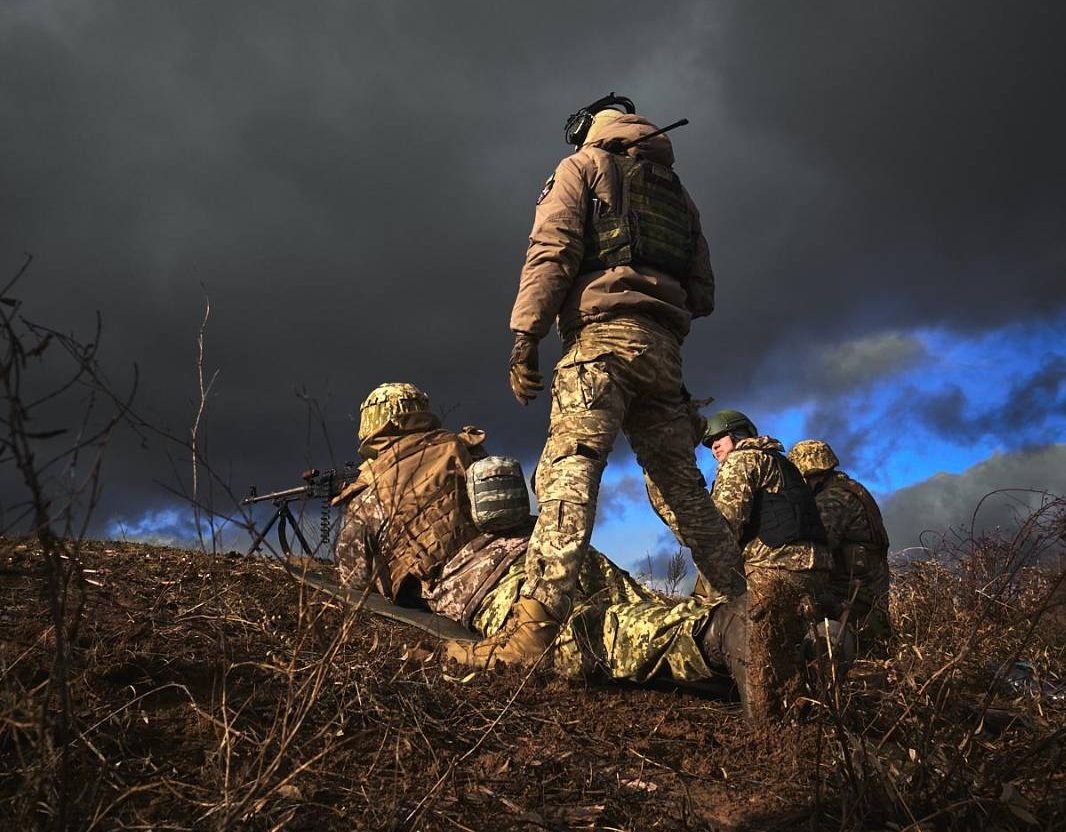
How will the creation of the corps affect the current structure? The AC directorates are intended to replace the tactical task forces and tactical group of troops. Thus, the command structure will look like this: a brigade – an AC – then (which was not announced, but is logical) four groupings of troops (fronts) based on the JC, of which there are four, respectively: ‘South’, “East”, “North”, “West” – the JFC, which is supposed to manage the combat operations of the Armed Forces as a whole in accordance with its functionality.
It looks good on the surface, but let’s try to apply it theoretically to our realities. We have 1,200 km of active frontline, so let’s calculate how many ACs we need.
Let’s assume that the corps will consist of five brigades. Currently, a brigade defends an area with a front edge of up to 15 km. So, the AC will defend up to 70 km. It turns out that we need seventeen ACs to conduct defence. In addition, we need at least one corps in reserve and at least three shock corps for offensive operations, for example, one each in the Army, Airborne Forces and Marine Corps. In total, twenty-one army corps.
Five of them already exist, and sixteen remain to be created. This is about four thousand officers with an operational level of training. Where can we get them? Moreover, it will take at least a year to set up a command and control body, and before that, we can’t expect effective management. During this time, the brigades will again be solving most issues on their own.
The second problem is the effectiveness of combat operations.
In the course of the twenty-fourth year, we lost a fairly large number of territories. In many areas, we failed to stop the enemy’s advance. One of the main reasons is the low efficiency of some of our military formations.
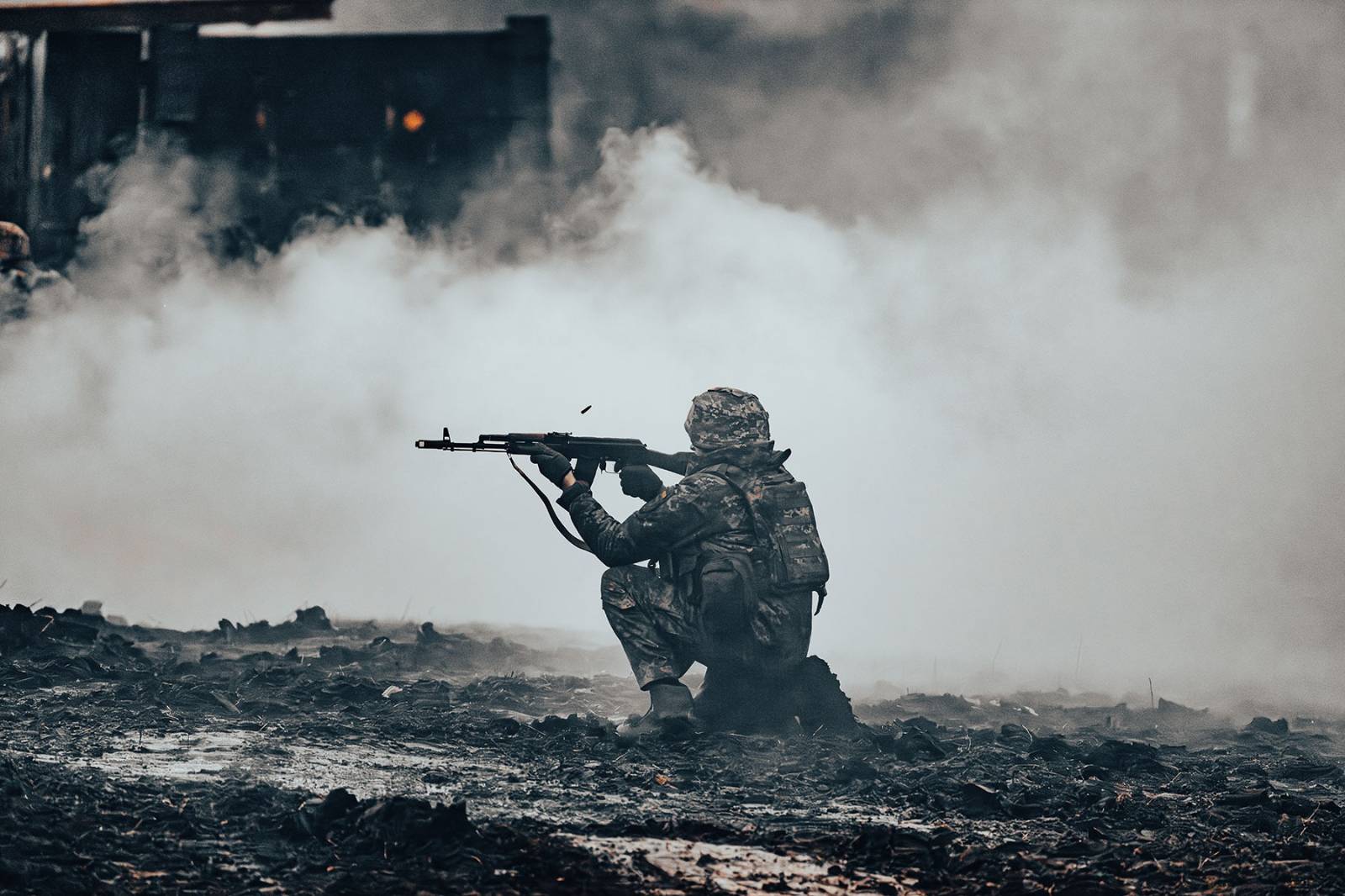
We conditionally divide the brigades into:
- ‘strong’ – those that were formed before the start of the large-scale aggression and had the personnel;
- ‘medium’ – those that were formed in the twenty-second year and have already reached the level of “strong” brigades in two years;
- ‘weak’ – those that were formed in the twenty-third and especially the twenty-fourth years.
The latter have weak management, headquarters, and personnel training. Why? Because they were formed virtually from scratch and have a tiny number of experienced officers and NCOs. How can their situation be improved relatively quickly? It is necessary to send a sufficient number of trained and experienced personnel there. However, if brigades are merely assembled and assigned to corps without integration, there will be no internal cohesion. This risks leaving some brigades weak for an extended period. While corps commanders will inevitably conduct their own personnel rotations, this process will take time.
The third problem is manning up with personnel, weapons and military equipment.
An acute problem of creating the corps will be the formation of military units that will be part of them. What does this mean? It is necessary to form 21 corps sets of troops. What do they consist of? Combined arms brigades, artillery, air defense, unmanned systems, operational and logistical support units. And while the issue of the combined arms brigades has been resolved: we have them; the rest need to be formed.
Let’s take the staffing of the Armed Forces at 50,000 people. 30,000 are combined arms brigades of 6,000 each. That leaves another twenty for other units and subdivisions. In other words, the sixteen corps that in theory we still need to create are multiplied by 20,000 and we get 320,000 people who need to be gathered to form the rest of the military units (except for the combined arms) of the army corps.
Now, as for the provision of weapons. It’s no secret that there are brigades that are armed according to their full manning; there are those that are incomplete; and those that have no heavy weapons at all. Therefore, in this version of manning the AC, there will be no fair distribution of weapons.
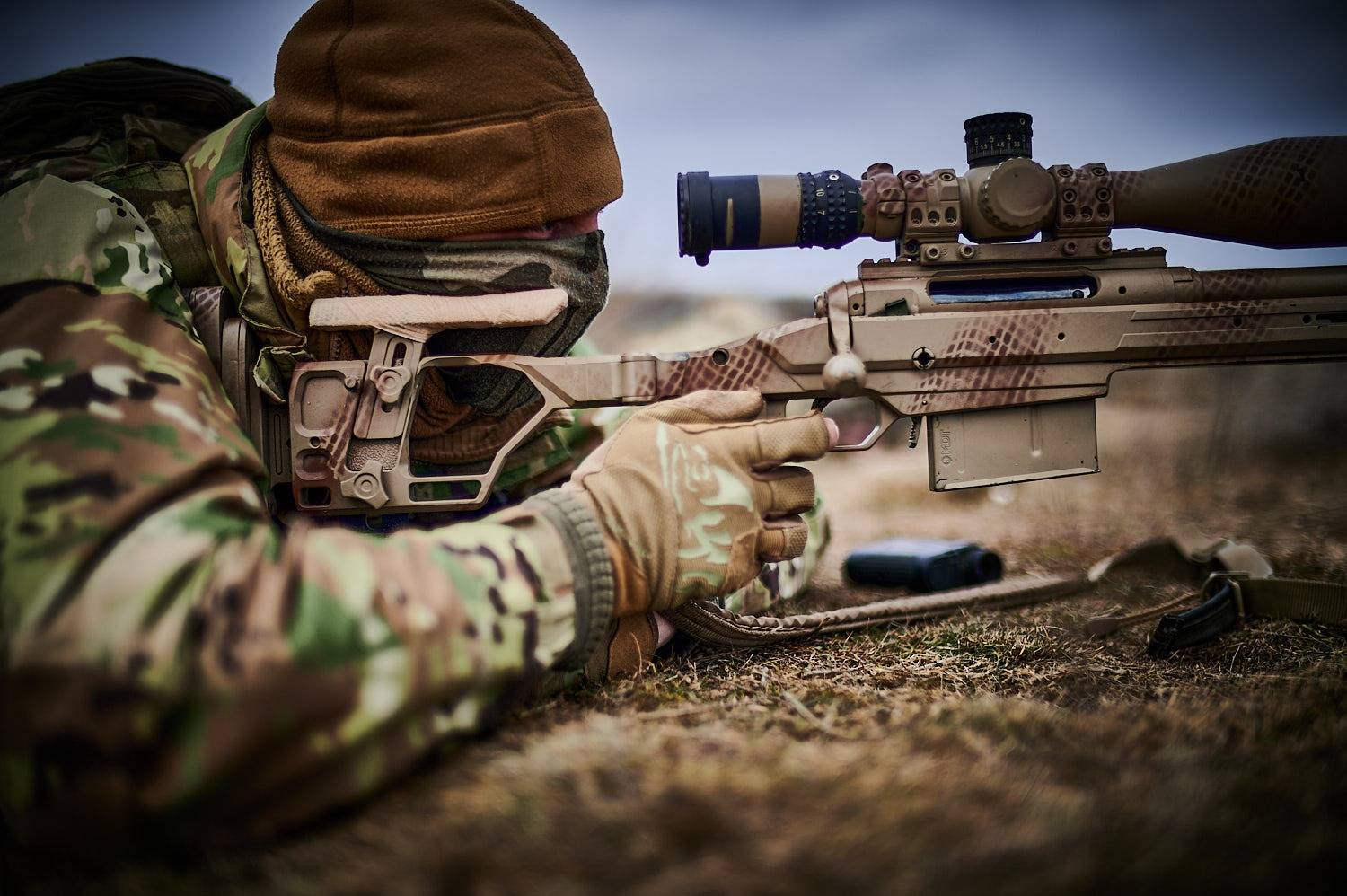
However, at the moment, commanders of various levels at the front are redistributing weapons and military equipment by their own decision, based on combat needs. Perhaps it would be right to legalize this process?
Using the rule of ‘criticise and suggest’, I will present my view on improving the structure of the Armed Forces.
Reform is not an easy process even in peacetime, but in times of large-scale aggression and in the absence of reserves that could replace the units being reformed at the front, it is even more difficult. So, in my opinion, we need to start with the simple things. Namely, to scale up our best brigades to divisions by merging them with weak brigades. And as a result, to switch to a divisional and regimental system.
From three brigades of 6,000 people each, we will get a fairly powerful division of four regiments, numbering up to eighteen thousand people. Almost everything needed to form such a division is available in the three brigades. There is little need for additional injections.
Let me explain. The ways of conducting defensive combat in modern conditions have changed somewhat since the last war. The participation of armored vehicles in combat and the weight of artillery in the enemy’s firepower have decreased. Instead, the role of unmanned systems and engineer units has increased. For three brigades (one mechanized, one motorized infantry and one territorial defense), we will have up to 15 combined arms battalions, 50-60 tanks, 150 armored combat vehicles (ACVs), 50 guns and 15 multiple launch rocket systems (MLRS). An armored personnel carrier battalion, a tank company of 10-13 tanks, and a mixed artillery division of up to 8 guns. The division will include a mixed artillery regiment of up to 18 guns and up to 15 MLRS.
By the way, I borrowed the idea of a significant reduction of weapons and military equipment to the minimum required level from the 95th Separate Air Assault Brigade of Polissya.
The division should also have one assault battalion, one training battalion (for additional training of personnel arriving for replenishment), a regiment of unmanned systems and an engineer regiment. The division should take on the lion’s share of repair and evacuation and logistical tasks, as well as all supplies. The regiments should focus entirely on combat operations.
We worked out the draft staffing of such a division together with the command of the 3rd Separate Assault Brigade. So to speak, as a bottom-up initiative.
As for the effectiveness of management: given that the headquarters of all levels in the division will be created on the basis of the existing brigade and battalion headquarters, we can confidently say that it will take a minimum of time to establish them. In fact, they will be able to immediately begin combat use and, so to speak, insure the corps’ command in the period until they acquire their capabilities.
Let’s talk about the quality of personnel training. When forming a division, it is necessary to evenly redistribute junior commanders and soldiers with combat experience. Next to them, under the guidance of experienced commanders, the level of training of the rest of the personnel will quickly increase, because as the famous nineteenth-century military theorist Carl von Clausewitz said, ‘Just as the human eye in the dark, dilating its pupils, uses the faint light in the room and gradually begins to distinguish objects and, eventually, to see them well, so an experienced soldier can navigate war; whereas the inexperienced recruit has only the pitch black of night before him.’
Let’s get back to the calculations. How many divisions are needed? A four-regiment division can defend an area of approximately 40 km. Remember that we have 1200 km of active frontline. So, we need thirty divisions. Three more divisions are needed to form a reserve corps. A total of thirty-three divisions, which will be combined into eleven corps. Let’s add three more shock corps, the composition of which should be different – to have assault brigades with a full complement of heavy equipment and artillery.
How many brigades are needed to form such a structure of the Armed Forces? Let’s do the math: thirty-three divisions equals ninety-nine; add fifteen more assault brigades and we get one hundred and fourteen brigades. This is approximately the number of brigades we have in the Armed Forces today.
If we have three divisions in each army corps, we need to have eleven combined arms corps plus three shock corps – fourteen – in the army. That’s a lot. But still less than twenty-one. Let me remind you that we already have five.
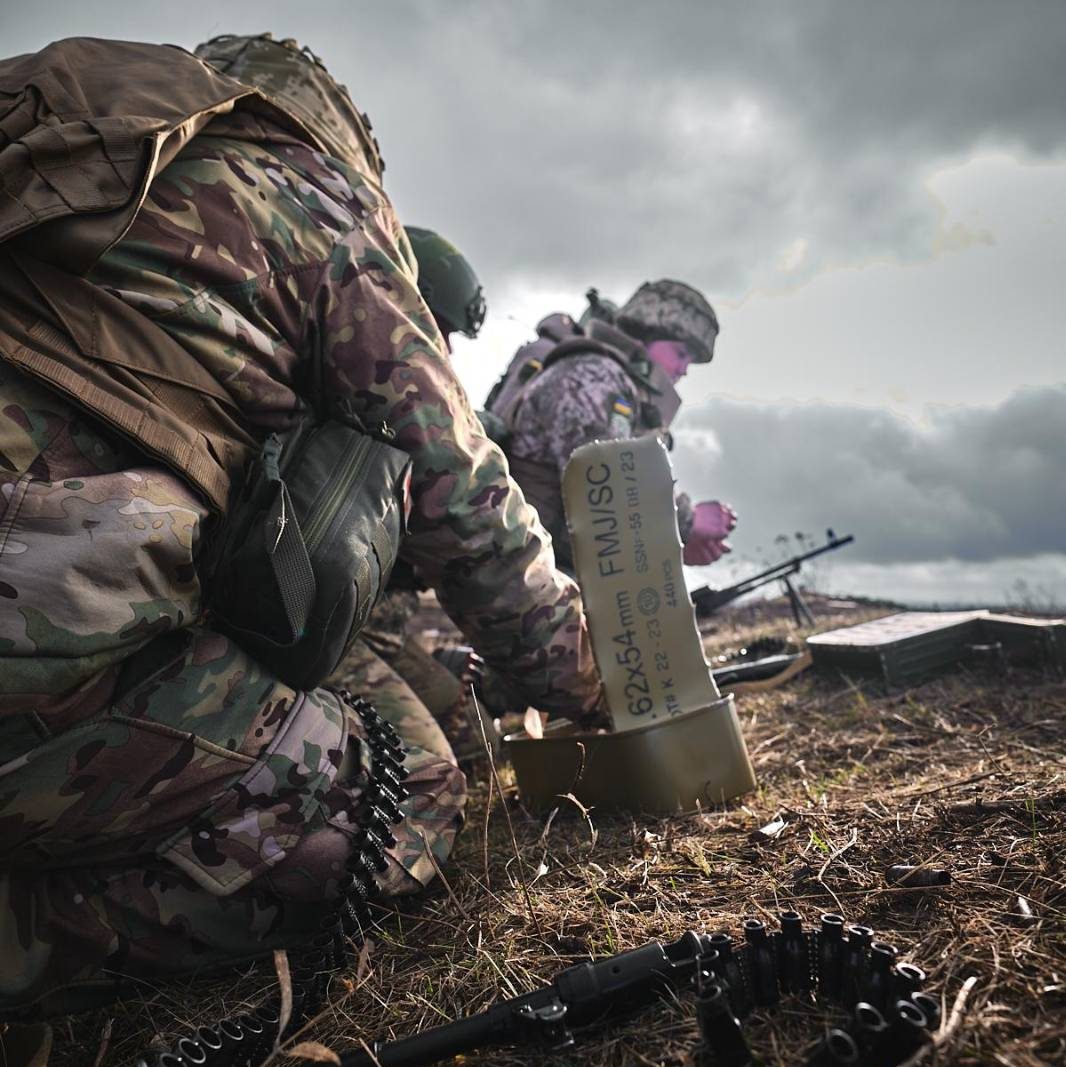
The question arises: Where do we get thirty-three strong brigades to form divisions, and to retain their personnel potential? Yes, we may not find them immediately. However, as an option, we can initially form the first five in about three months. And then the second and third five divisions. And to form the other divisions, we can take the best regiments from the first five.
In general, the transition to a divisional structure will take about two years. But the situation at the front will start to improve as soon as the first formed divisions are put into action.
An example is the 3rd Separate Assault Brigade, which is holding the line in the Borivske area. I gave them a few battalions from other brigades to help them defend. By integrating these units among its personnel, the brigade is successfully performing tasks up to 50 km away.
The last but not least question is: what to do with this army after the war? Should the corps be reduced and the equipment transferred to storage bases, and, if necessary, formed again from scratch? It is much easier to reduce the divisions to brigades, where both the equipment and the personnel core will remain to be deployed back to the divisions.
Everything I’ve said in this article is purely theoretical and in no way contradicts the reform that has been launched, but only improves and deepens it. I hope that the transition to a divisional structure will be the next step in the development of our Armed Forces.
Glory to Ukraine!
The commander of the tactical group
Major General Andrii Sokolov.
SUPPORT MILITARNYI
Even a single donation or a $1 subscription will help us contnue working and developing. Fund independent military media and have access to credible information.


 Вероніка Грищенко
Вероніка Грищенко 
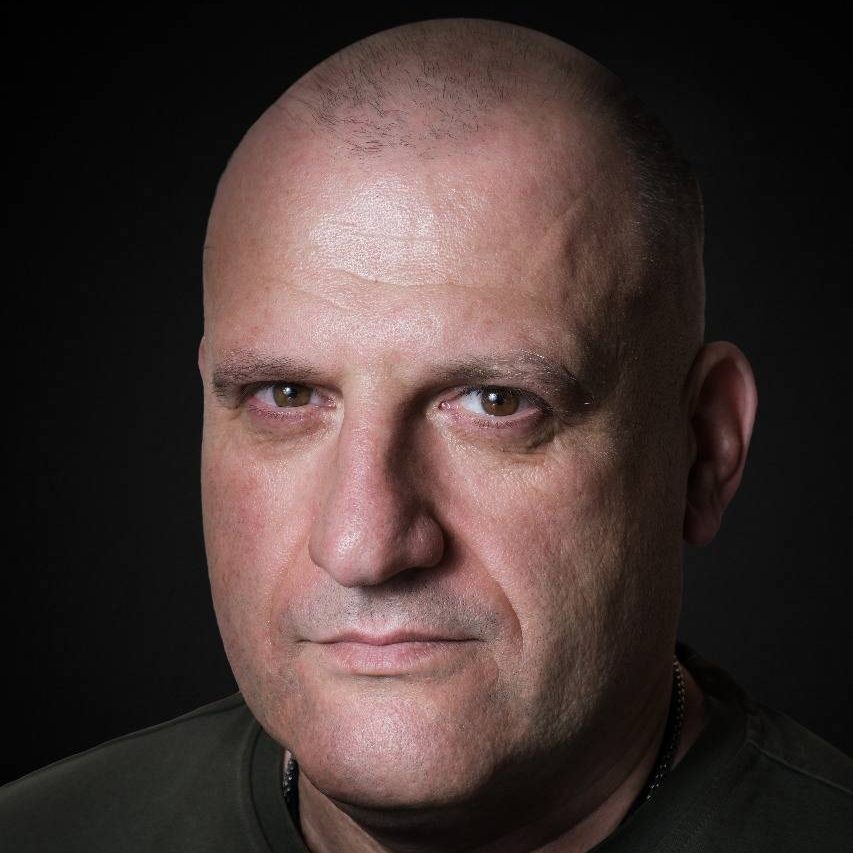 Андрій Соколов
Андрій Соколов 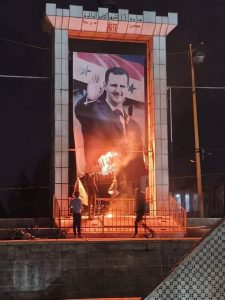
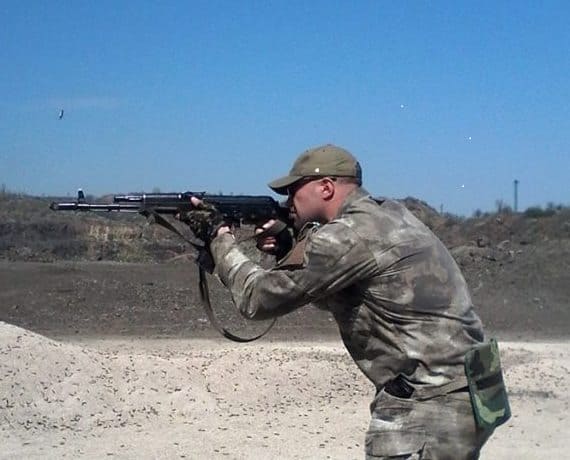 Urich
Urich 
 Андрій Харук
Андрій Харук 
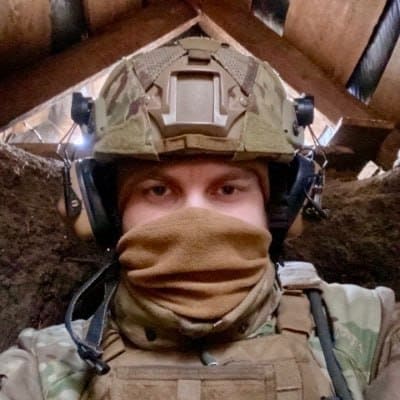 Контужений Безпілотник
Контужений Безпілотник 
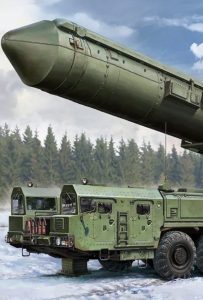
 Центр ініціатив ПЖ
Центр ініціатив ПЖ 
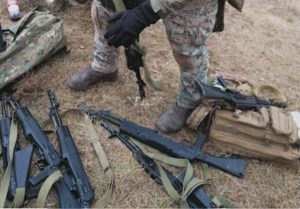


 Vadim Kushnikov
Vadim Kushnikov 
 Андрій Тарасенко
Андрій Тарасенко 
 Юрій Юзич
Юрій Юзич 


